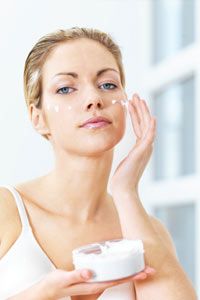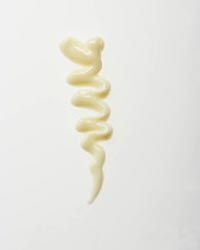The cracked, weatherworn look of your vintage leather trench hints at exotic adventures in faraway places. Sadly, cracked, weatherworn skin typically doesn't hold the same alluring appeal. Luckily, there are a plethora of moisturizers available to help keep your skin supple and healthy looking -- you just need to know what to select and how and when to use it.
It's a myth that moisturizers add moisture to your skin -- that's not really what they do at all [source: American Academy of Dermatology]. The job of a moisturizer is to attract moisture and to protect the skin on your face by forming a barrier that holds in the water that's already there. By using a moisturizer, you can stop your skin from losing its hydration and allow it to put the moisture it does have to good use.
Advertisement
While moisturizers differ in what ingredients they use, most moisturizers have two common components: emollients make your skin smoother and humectants hold in moisture. The best part is that they both help soften your skin. Moisturizers can contain a host of other ingredients, such as fragrances, vitamins, botanical extracts, age-fighting compounds and sunscreens [source: Mayo Clinic]. And most also include preservatives to keep them fresh.
Choosing the right moisturizer for your face depends on what type of skin you have, which often can dictate its needs. Some general guidelines are:
- If you have severely dry skin and the humidity is low, you might want to try a moisturizing ointment, because ointments contain the most oil [source: American Academy of Dermatology].
- If you have oily skin, try using a lotion, because these tend to be less greasy than other types of moisturizers [source: University of Iowa Health Care].
- For sensitive skin, try to avoid moisturizers with lots of fragrances and dyes, as these can irritate your skin [source: Mayo Clinic].
Now that you have an idea about what moisturizers do for your face, read on to find out how to apply your moisturizer to get the most out of it.
Advertisement

